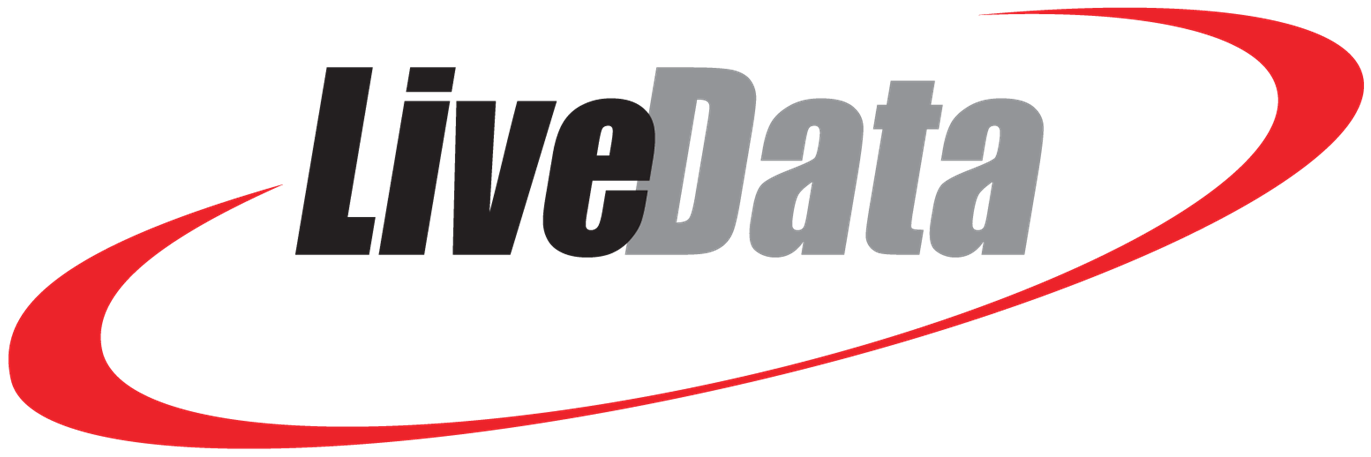Three Key Benefits for Hospitals With Real-Time Operating Room Data
Systems for managing electronic hospital records (EHR) are critical for recording, storing, and protecting patient data. However, these systems fall short when real-time data is needed, such as in the surgical department. Relying on time-consuming data entry by busy operating room (OR) staff, EHR systems alone simply cannot capture and share the level of
information that surgical departments need to keep things running smoothly.
Real-time surgical status data has always been a hospital goal. Providing surgical nurses with systems to input and track surgical status in real-time with a simple click helps achieve that goal. Displaying this up-to-date information and sharing it across the department leads to a more efficient perioperative workflow.
Real-Time Data and Display Improves Patient Safety
Tracking and displaying data in real-time improves the general function of an operating room, allowing everyone on the OR team to see the same information at a glance. Instead of being tethered to a computer, circulating nurses can make updates to surgical status with the push of a button on a handheld device without interruption to workflow. This allows nurses to keep their focus where it really belongs — on the patient rather than a workstation. Safety is also improved by decreasing surgical status request interruptions, as the data entered in real-time can be displayed dynamically throughout the department.
Dynamic Data Display Improves Situational Awareness
To maximize the usefulness of real-time data entry in the OR, the information needs to be displayed and dynamically updated. In the OR, this means, for example, displaying the status of the time-out and patient data, possibly including trend lines for vital signs.
Outside the OR, this means displaying the surgical status of all the ORs throughout the department. OR managers can see when a case is running long and make adjustments to OR assignments on the fly, allowing the rest of the staff to see these adjustments live. This live view helps nurses see OR readiness to prioritize their next tasks, making sure patients and operating rooms are ready at the same time. This increases on-time starts and helps drive the utilization of clinical resources.
Real-Time Data Improves KPIs and Data Confidence
By improving the overall function of the perioperative workflow, real-time data entry will inevitably improve a hospital’s key performance indicators. But the value of real-time data to reporting goes beyond KPI improvement. When data is entered in real-time in the OR, the C- Suite, surgical executives, and clinicians can have confidence in the monthly numbers being reported. Nurses aren’t relying on memory or forced to resort to handwritten notes to enter data into an EHR after the fact.
Reap the Benefits of Real-Time Data Entry
In conclusion, hospitals are challenged with keeping expenses in check and need to weigh the pros and cons of investing in the many innovative technology solutions available. Time, efficiency, staff satisfaction, and patient outcomes should all be considered. For real-time data and display, the measurable increases in efficiency and safety lead to capacity growth that results in a revenue increase that quickly exceeds the investment.
As first seen in Healthcare IT Today.

